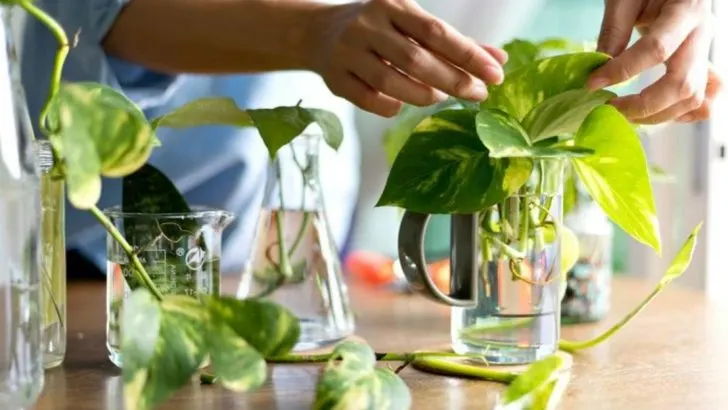Your cuttings are dying—and you might be the culprit! Don’t sweat propagating plants… yet. One slip with your shears, one soggy pot, and you’ve just starred in a botanical crime scene. Rotting stems, shriveled tips, and zero roots laughing at your efforts. Propagation isn’t magic—it’s delicate warfare. Too-deep soil floods the base. Too-dry air sends leaves into panic. Mismatched containers suffocate the future. And let’s not forget the silent killer: overwatering. Inside this guide, I’ll expose 14 face-palm mistakes that wreck cuttings before they even get a chance. You’ll learn the art of slicing at the perfect angle, spotting moisture traps, and choosing the right little home for your sprouts. Ready to turn failures into rooting triumphs? Grab your clippers, steel your nerves, and let’s rescue your next batch of baby plants from doom. Your garden—and your ego—will thank you.
Overwatering
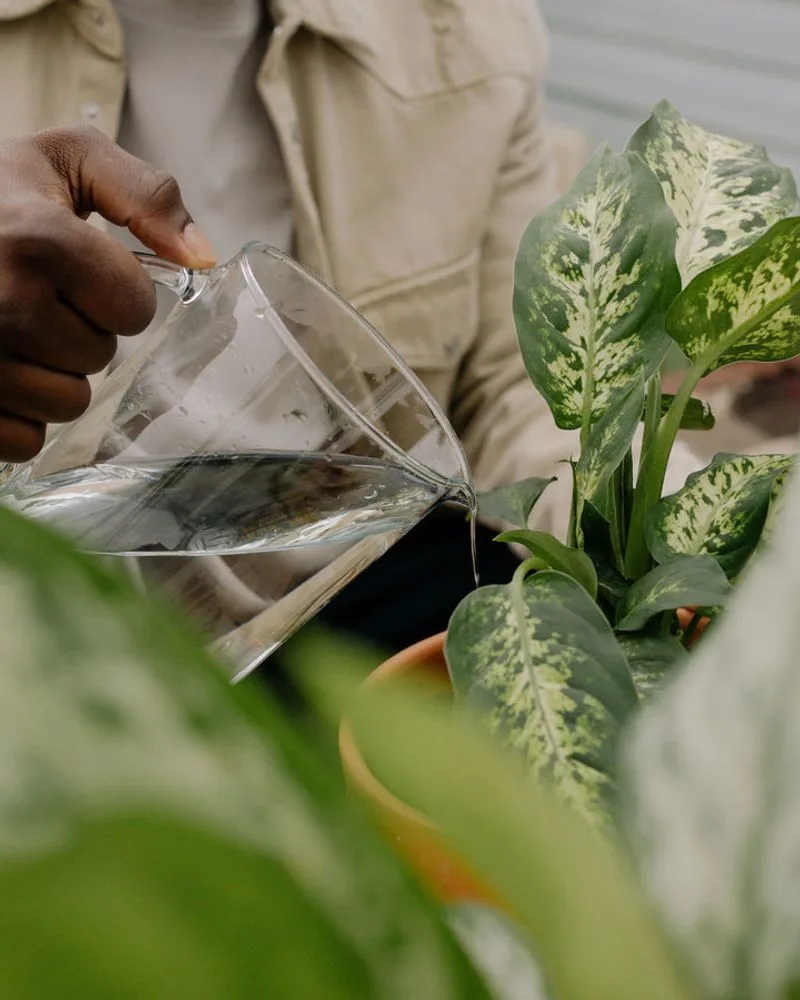
Too much water can drown your plant. Cuttings need moisture, but excess water suffocates the roots, leading to rot. Observe the soil: it should be damp, not soggy.
Overwatering is a common mistake among eager gardeners. They assume more water translates to faster growth. In reality, it harms the plant more than it helps.
Ensure proper drainage for your cuttings. Consider using pots with holes at the bottom. This simple change could drastically improve the health of your cuttings.
Remember, the soil’s visibility can be a clue. If water pools on the surface, it’s time to reduce watering.
Insufficient Light
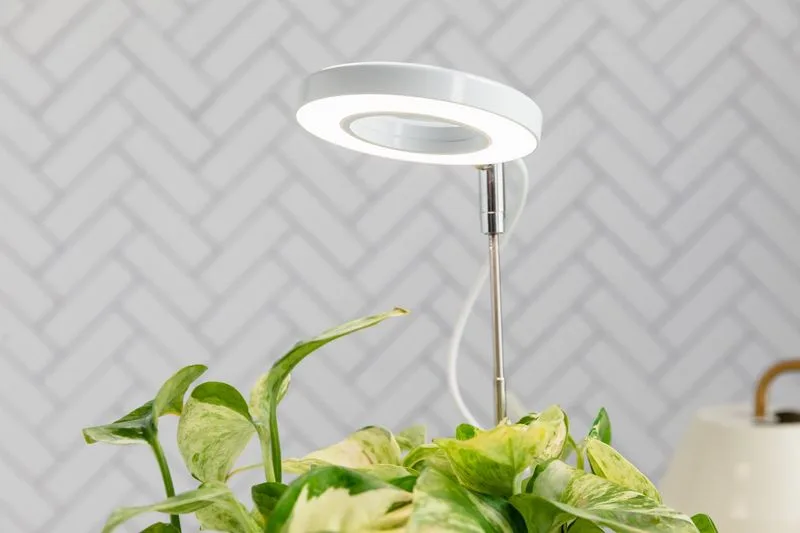
Light is essential for photosynthesis, the process that fuels plant growth. Without adequate light, cuttings may fail to thrive.
When placing your cuttings, opt for bright, indirect sunlight. Direct sunlight can scorch tender leaves, while too little light leaves them weak.
If natural light is scarce, consider artificial grow lights. These can be tailored to provide the right spectrum, imitating sunlight.
Distance from the light source also matters; too far and the plant won’t get enough light, too close and it might burn.
Using Dull Tools
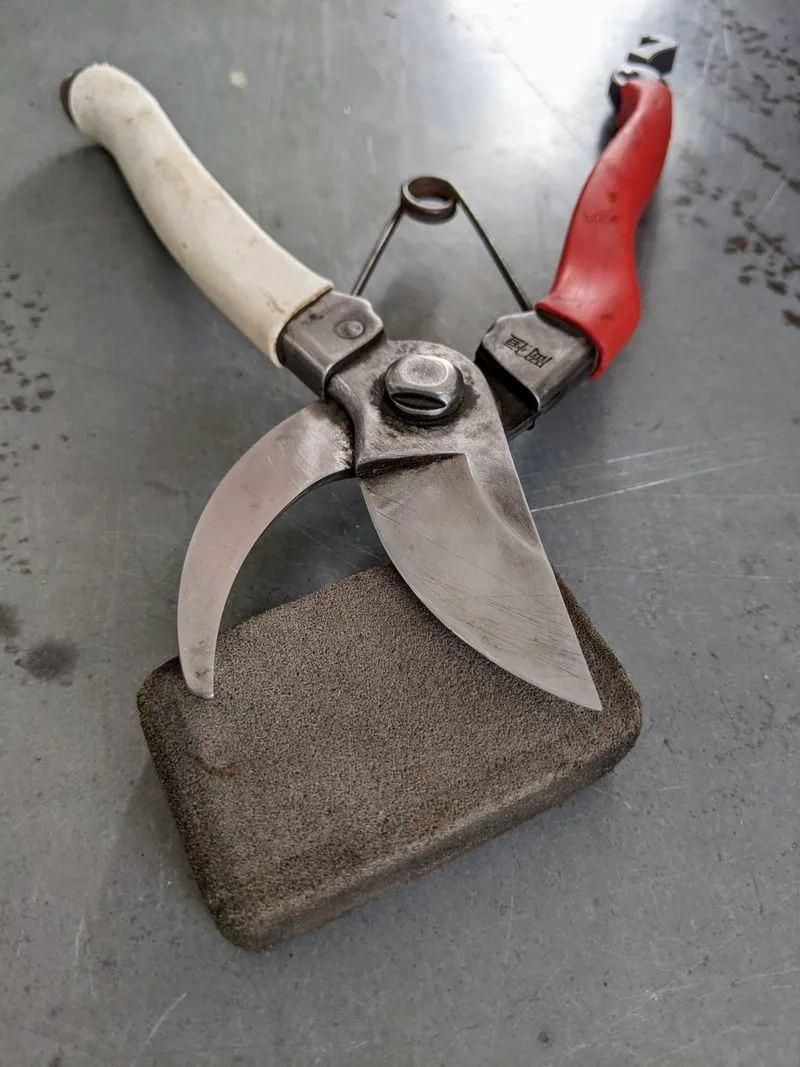
Sharp tools make clean cuts, which are crucial for successful propagation. Dull tools crush and tear stems, making it harder for cuttings to root.
Regularly sharpen your gardening scissors or knives. This ensures precise cuts, minimizing plant stress.
Remember, plant tissue is delicate. Using inappropriate tools can introduce diseases or pests.
Additionally, disinfect your tools between uses. This prevents cross-contamination, protecting your plants from potential pathogens.
Incorrect Soil Mix
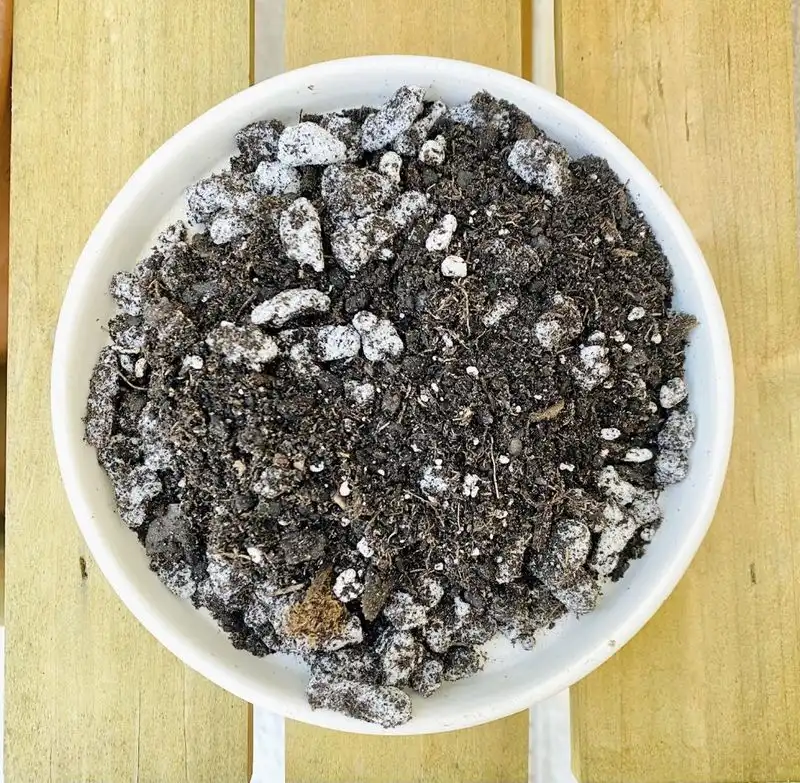
Cuttings need a well-draining soil mix. Heavy, dense soils can suffocate roots, impeding growth.
Opt for a mix designed specifically for propagation, usually containing perlite or vermiculite. These materials improve aeration and drainage.
Avoid garden soil for new cuttings. It’s often too compact and may contain pests or diseases.
Research the specific requirements of your plant species. Some might prefer more organic matter, others might need sandy soil.
Neglecting Humidity
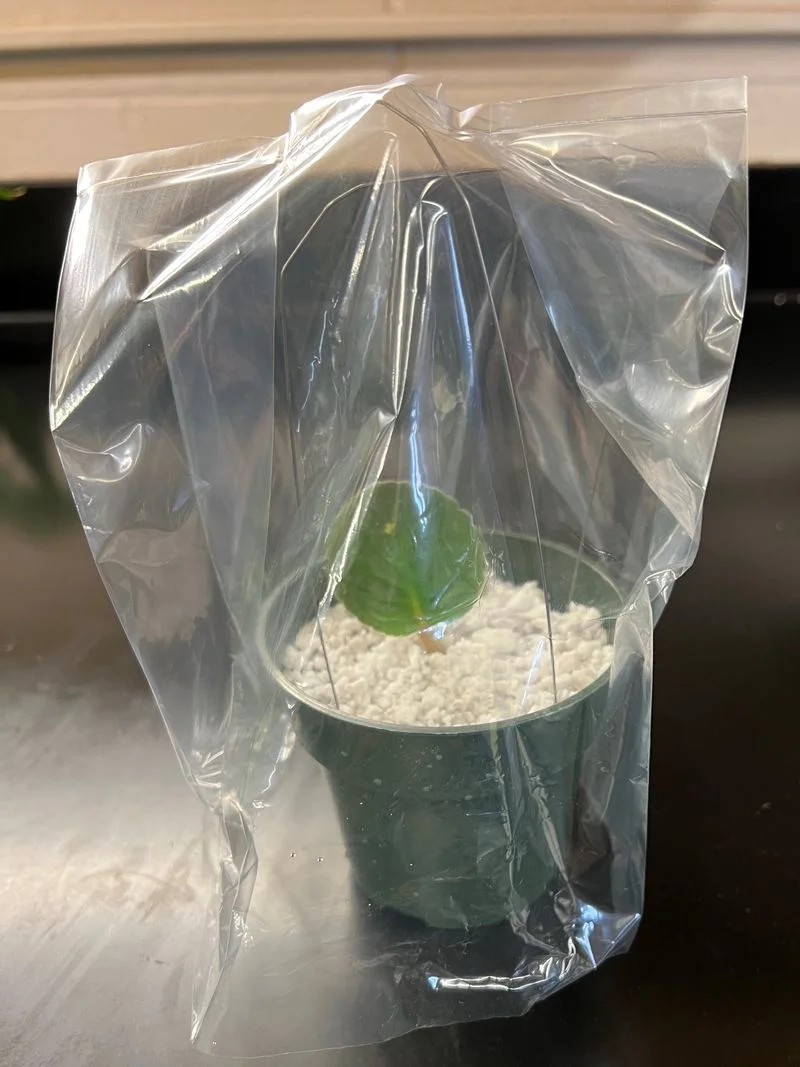
Humidity plays a critical role in the success of cuttings. Young cuttings lose moisture easily and need a humid environment to thrive.
Create a mini greenhouse using a plastic bag or a clear container. This traps moisture, maintaining a consistent humidity level.
Monitor the humidity regularly. Too much can lead to mold, while too little can cause dehydration.
Consider using a humidity tray or a small humidifier in drier climates.
Improper Temperature
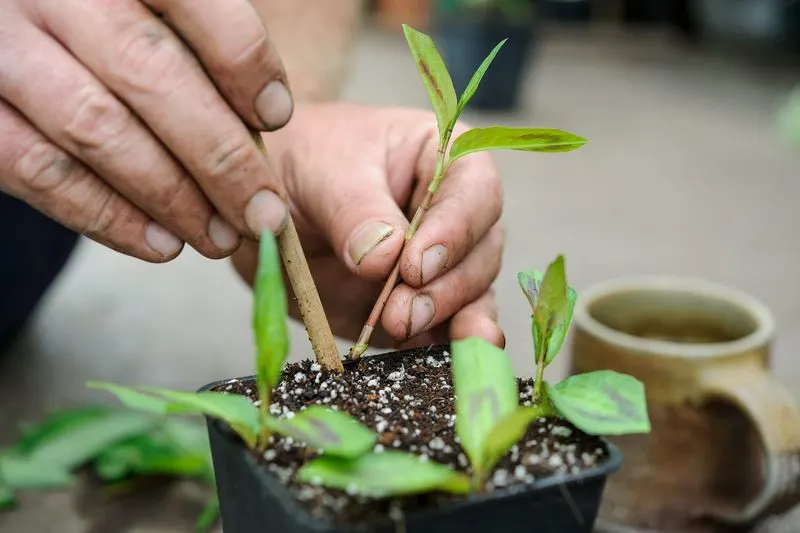
Temperature impacts the rooting process significantly. Cold temperatures slow down growth, while excessive heat can dry out the cuttings.
Most cuttings root best in temperatures ranging from 65-75°F. Avoid placing them near radiators or cold drafts.
Monitor the temperature closely, especially if propagating indoors. Sudden changes can shock the plant, halting growth.
Using a heat mat can provide a consistent temperature, promoting quicker rooting.
Ignoring Sanitation
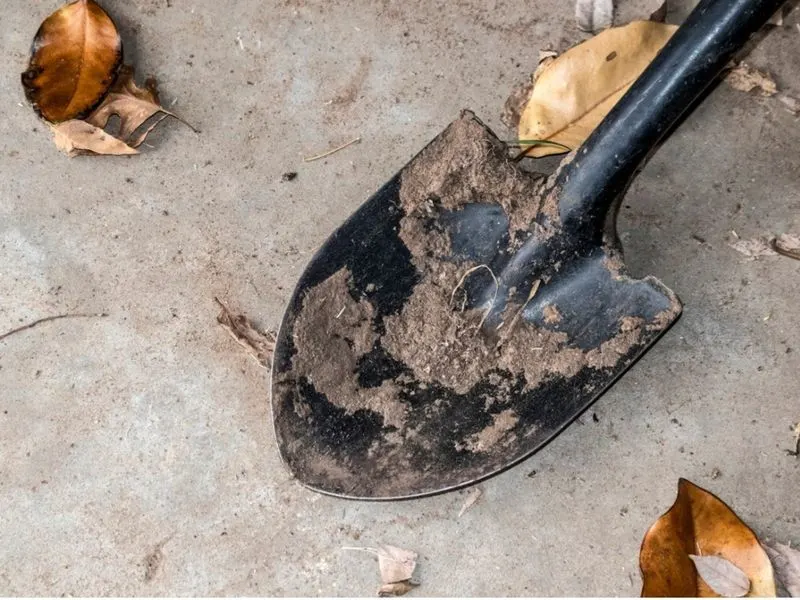
Cleanliness matters in propagation. Dirty tools and pots can introduce harmful pathogens, affecting the success of your cuttings.
Sanitize tools with alcohol or bleach solution before and after use. This prevents the spread of diseases.
Ensure pots are clean before planting. Old soil remnants can harbor pests or fungi.
Regularly inspect cuttings for signs of disease. Early detection allows for quick intervention, saving your plants.
Forgetting to Label
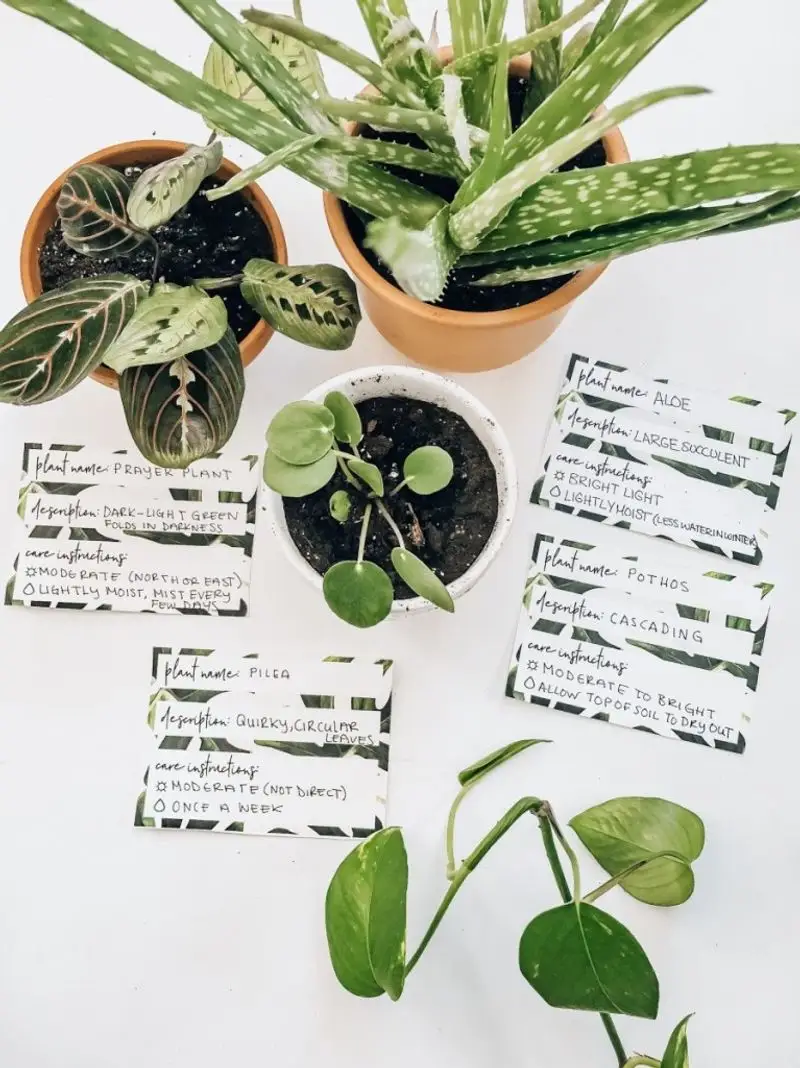
Labeling might seem trivial, but it’s crucial when propagating multiple cuttings. It helps keep track of plant species and their specific needs.
Use waterproof labels and permanent markers to avoid fading.
Details like the date of cutting and plant variety are useful. They provide insight into growth patterns and success rates.
Organization prevents mistakes like misplacement or incorrect care, ensuring each cutting gets the attention it deserves.
Rushing the Process
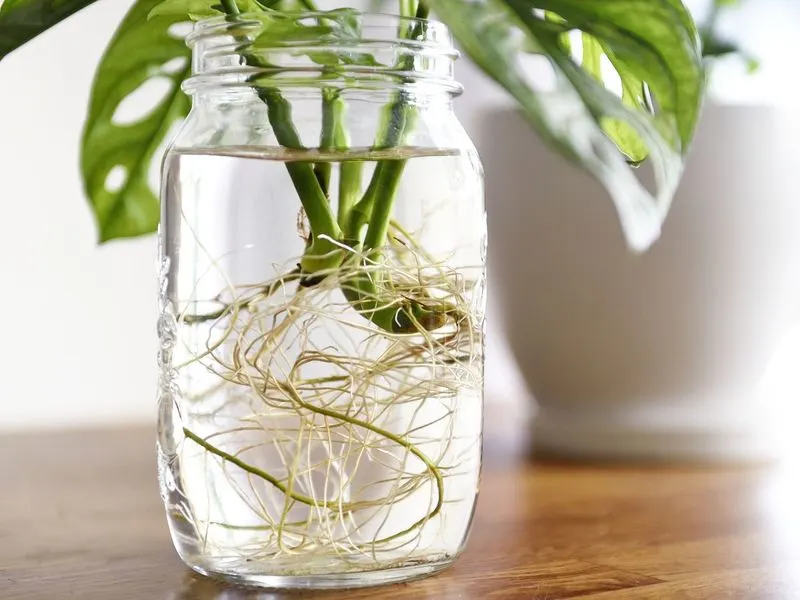
Propagation is a test of patience. Hastening the process can harm your cuttings.
Avoid disturbing the plant frequently to check root development. Each disturbance can hinder the growth process.
Instead, wait for visible signs of growth such as new leaves or increased stem height.
Remember, different species have varying rooting times. Research your specific plant to set realistic expectations.
Failing to Use Rooting Hormone
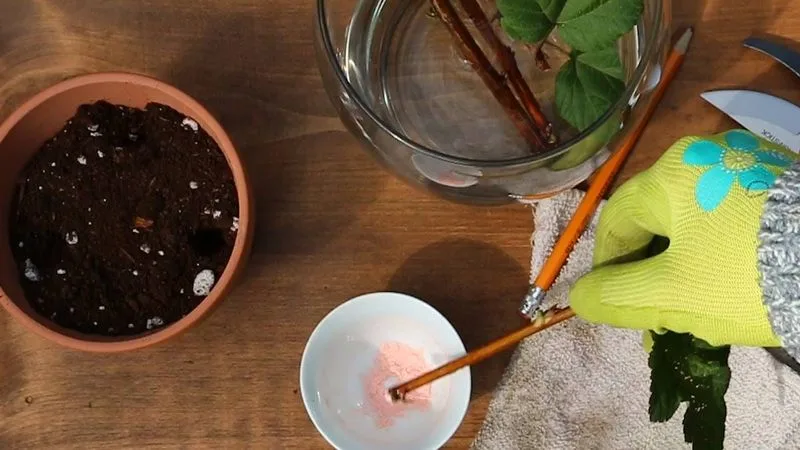
Rooting hormones enhance the chances of successful propagation. They stimulate root growth, particularly in hard-to-root plants.
Available in powder or gel form, they’re easy to apply. Dip the cut end into the hormone before planting.
Some plants root naturally without assistance. But for challenging species, rooting hormone can make a significant difference.
It’s an inexpensive investment that improves propagation success rates, especially for beginners.
Air Layering Mistakes
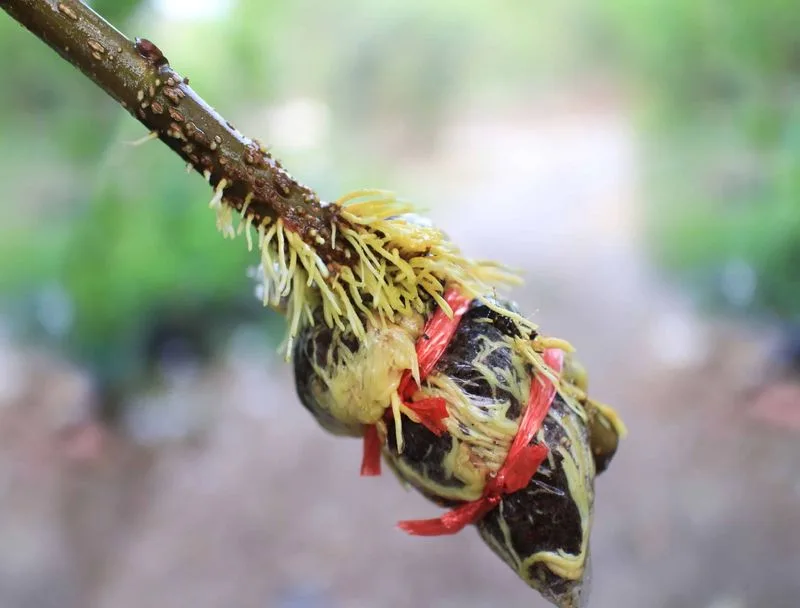
Air layering is a method to propagate large plant sections. Mistakes occur when the wrapped section dries out or is left exposed.
Ensure the moss around the cut area remains moist. Use plastic wrap to trap humidity.
Secure the wrap with ties to prevent it from unraveling over time.
Regularly check for root development. Once roots appear, the cutting is ready for planting. Patience and attention are key in this method.
Choosing the Wrong Season
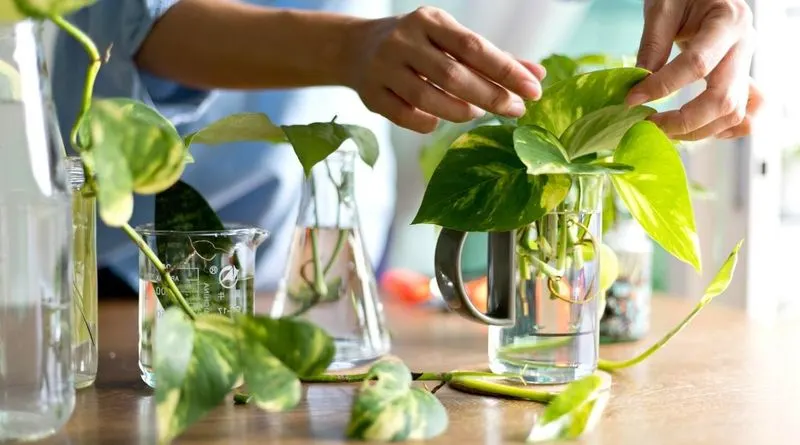
Timing matters in propagation. Most plants root best during specific seasons, usually spring or early summer.
Winter and late fall are less ideal due to slower growth rates. Cold temperatures can stunt development.
Research your plant variety to identify its optimal rooting season. This maximizes the likelihood of success.
Consider the climate as well. In warmer regions, seasons may differ from general guidelines.
Selecting Weak Cuttings
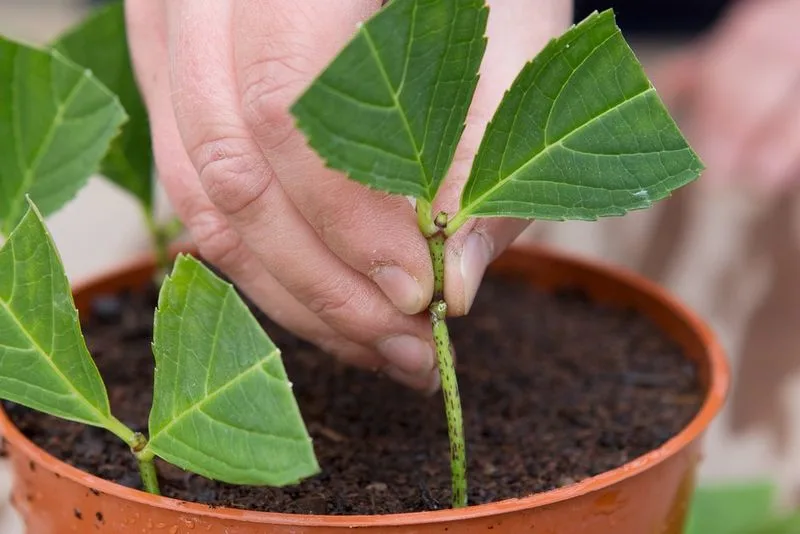
Healthy cuttings lead to healthy plants. Weak or diseased cuttings seldom root effectively.
Choose vibrant, pest-free sections from the parent plant. Leaves should be green, stems firm.
Inspect for signs of disease, such as spots or discoloration. These can hinder growth.
A strong start sets the foundation for successful propagation. Prioritize quality over quantity when selecting cuttings.
Ignoring Oxygen Needs
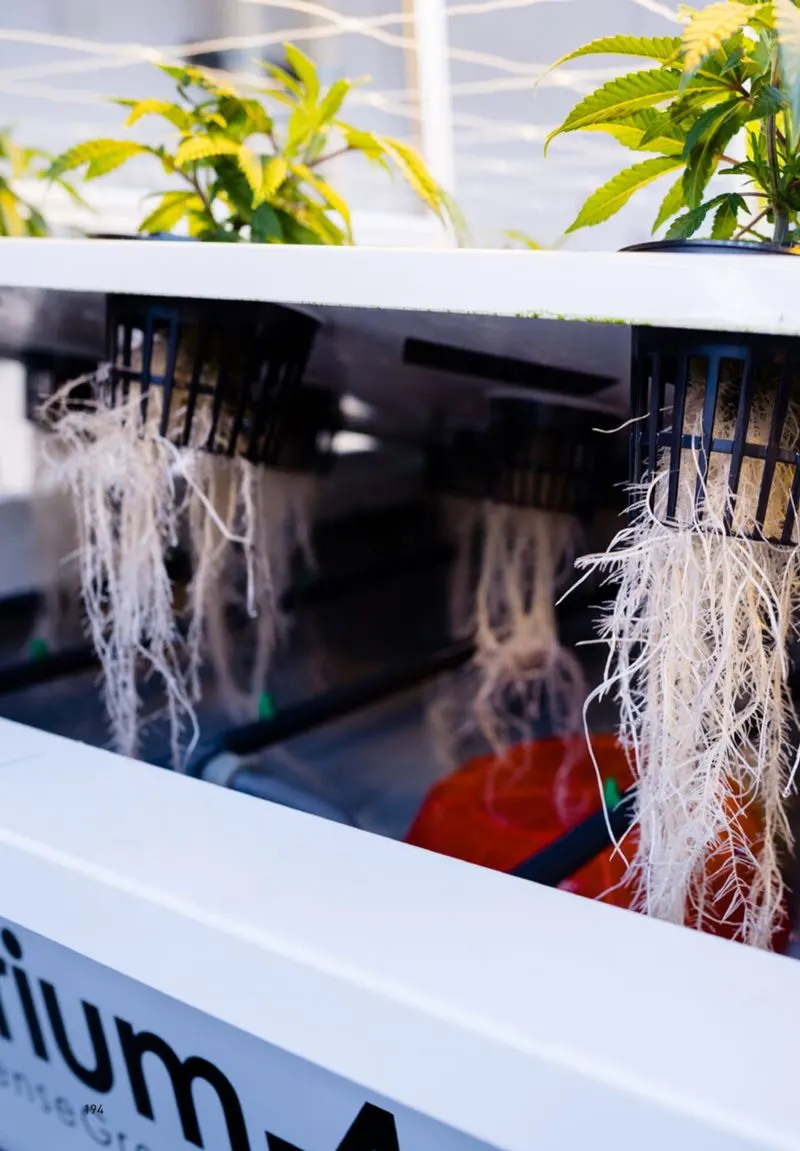
Roots need oxygen to develop. Water propagation can neglect this need, causing root rot.
Change the water regularly to maintain oxygen levels. Stagnant water is a breeding ground for bacteria.
Consider aerating the water using a small pump. This ensures roots receive adequate oxygen.
Alternately, transfer cuttings to soil once roots appear. This balances moisture with necessary air.

